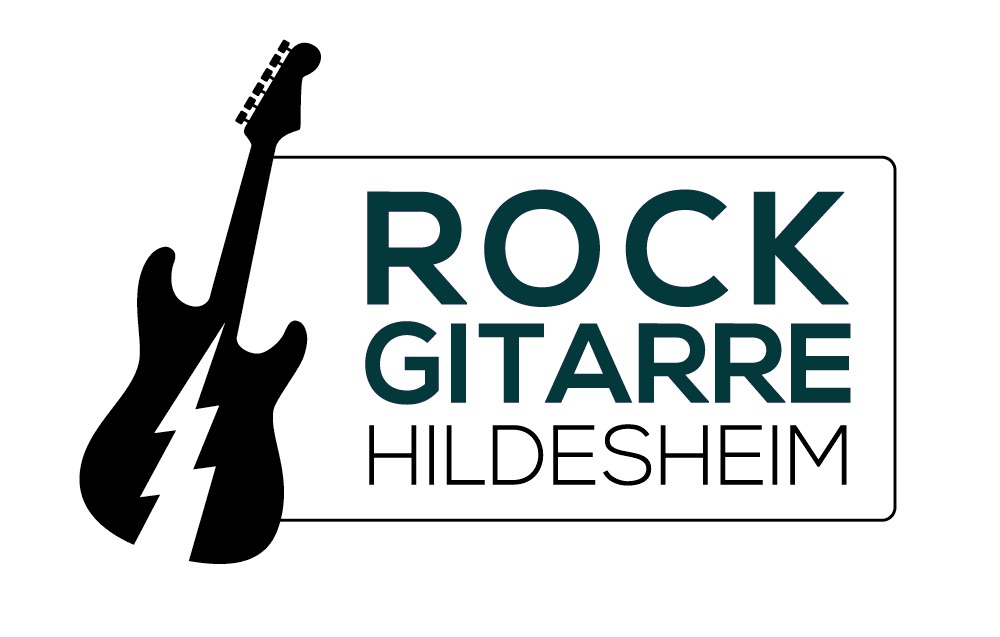
Rombo on Unsplash
Warming-up is essential to your long-term progress as a guitar player. Not only does it ensure you get the most out of your practice sessions, it also helps you to avoid injuries that can be a nuisance and potentially even stop you from playing altogether!
inspite being such an important part of every players practice routine, many players do not treat warming-up with the importance it deserves, and some don’t even warm up at all! We all (hopefully) want to be playing guitar for our entire lives without any issues and cultivating the habit of warming-up before playing will allow you to do exactly that!
This article will shed some light on all the crucial elements of an effective warm-up routine and even show you how to create your own warm-up exercises!
What to focus on?
When warming-up, your entire body as well as your mind should be engaged. Think of your warm-up as priming your hands to perform the correct motions and to be as efficient and relaxed as possible so that the correct form will be carried forward into your practice or playing session.
Pay attention to every little detail of your warm-up exercise. From the tension in both your fretting and picking hands and fingers, to your forearms and shoulders, even to any other part of your body that you notice tensing up. Remember, you need to be as relaxed as possible. Also remember to breathe!
It is also a good idea to warm-up at a slow to medium tempo. You should not warm-up fast. Warming-up at slower tempos allows you to deeply focus and analyse each motion you are making and make corrections if necessary.
As for the exercise itself, make sure every finger is engaged. You want to involve all four fingers of your fretting hand. You can use anything from a scale to a chromatic sequence to finger dexterity exercises or even outlining arpeggios. The important thing here is your focus towards what you are doing.
You should also be focusing on how much your hands are moving. Reduce any wasted movements as much as possible. Also make sure your fingers and hands are nice and relaxed.
For your fretting hand, your fingers need to relax off the fretboard and not shoot off. Pay close attention to how relaxed the rest of your fingers when they are not engaged. You also want to fret notes with the roughly the same part of each finger and as close as you can to the fretwire without touching it. Get this as consistent as possible.
As for your picking hand, you want to make sure each note is as articulate as possible. Your pick should be at an angle and picking motions should come from your wrist and not your forearm or elbow. Try to maintain a high level of picking articulation while minimising the picking motions you are making. Make sure not only your hands but your forearm, shoulders, biceps, triceps, neck and back are all relaxed.
It is important that when you warm-up, you aren’t merely just going through the motions with the intention of completing the exercise as quickly as possible so you can move on to the next thing. Focus is key!
Creating a warm-up routine
There are countless warm-up exercises that you can go through. A good idea to create one which best fits your needs is to use your weaknesses as part of your warm-up. For example, if your finger rolling technique could be improved, you could isolate those motions for each finger as part of your warm-up. Keeping in mind the focus areas mentioned earlier in this article, you force yourself to put in more physical and mental resources towards your weak areas.
You will notice that as you stick to the same warm-up, after a few days or weeks, the exercises will start to feel more and more effortless. This is good because it means you have been focusing on all the right elements during your warm-up. This would be a great time to use a different warm-up exercise for the next few weeks. The main reason for doing this is that it keeps your mind constantly stimulated by changing the exercise itself every few weeks or so.
Keep changing your routine every week or two. Don’t forget to also revisit your previous routines that you have left for a few weeks or months. Cycling through different exercises every week or two will better prepare your hands and mind for any new technique that you’re working on.
Learning to play guitar on your own can be frustrating and challenging, especially if you don’t know what to do. Having a great teacher makes the whole process more fun, enjoyable and gets you real results fast.
Solve your guitar-related problems at GuitarKL, in Kuala Lumpur, MALAYSIA. Visit https://guitarkl.com to become an awesome guitar player.
